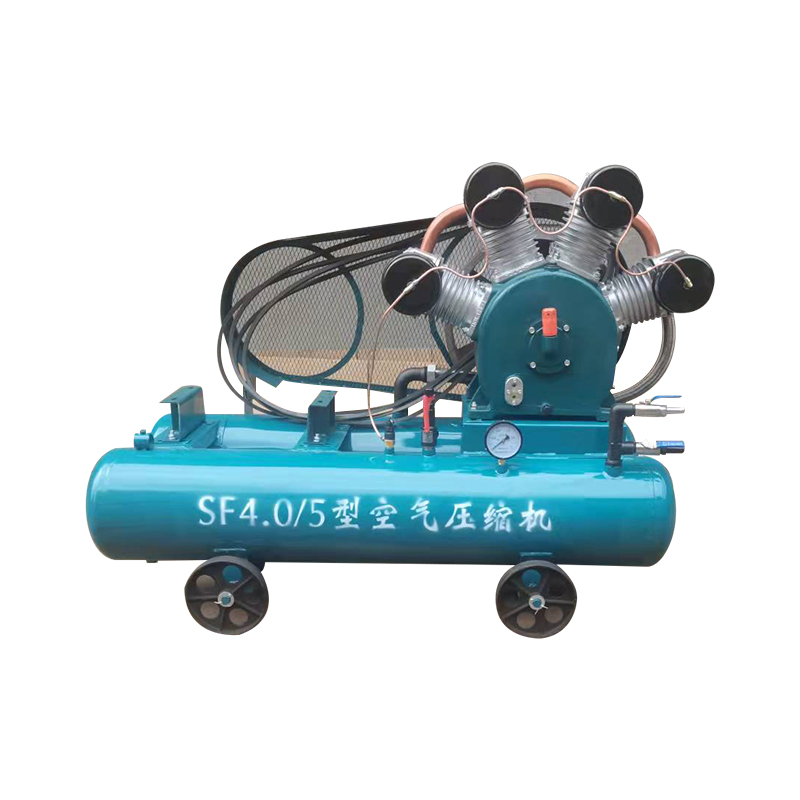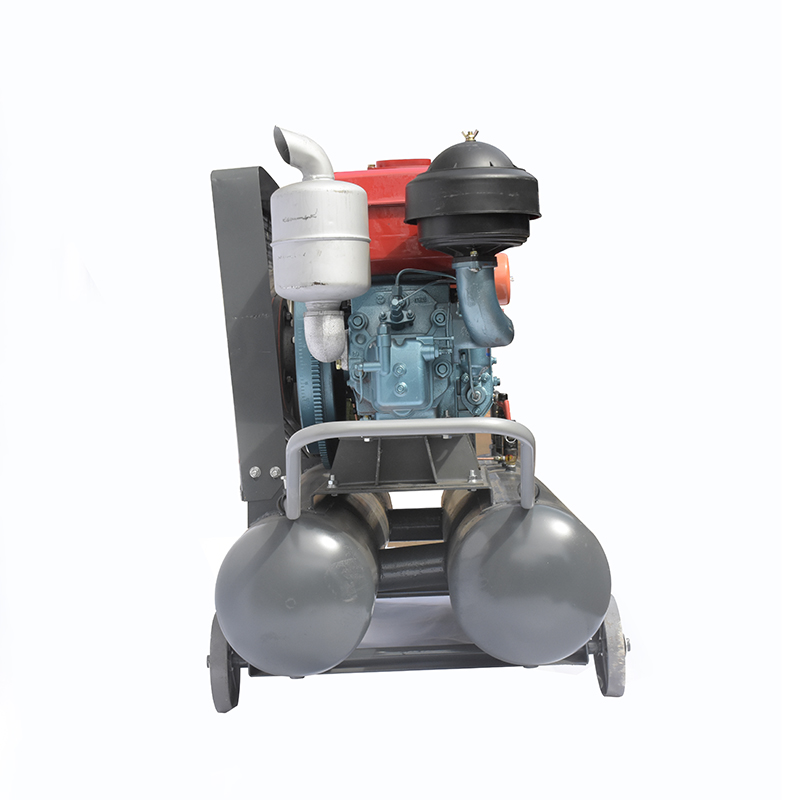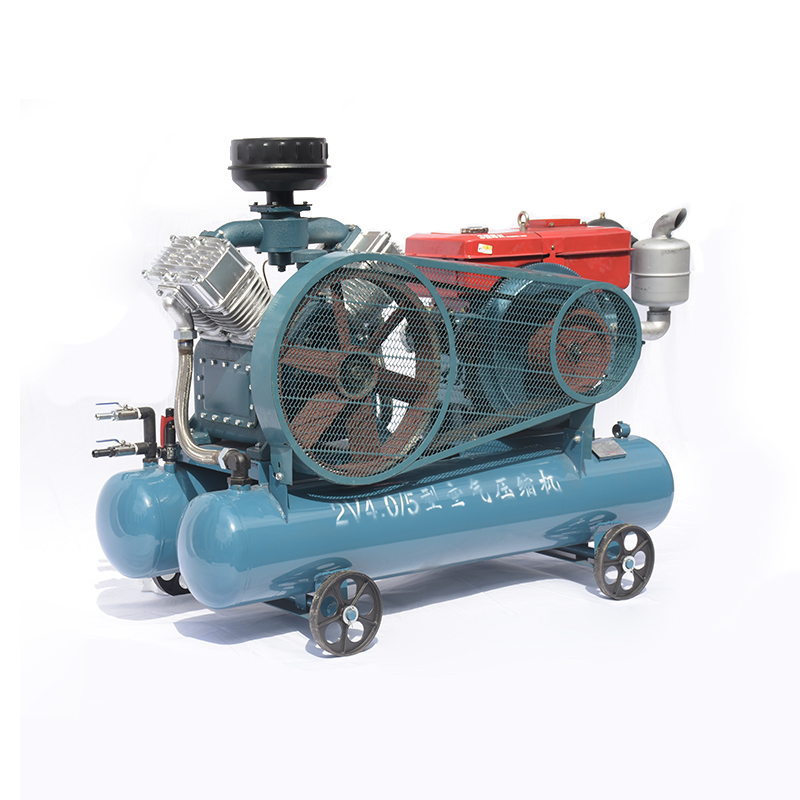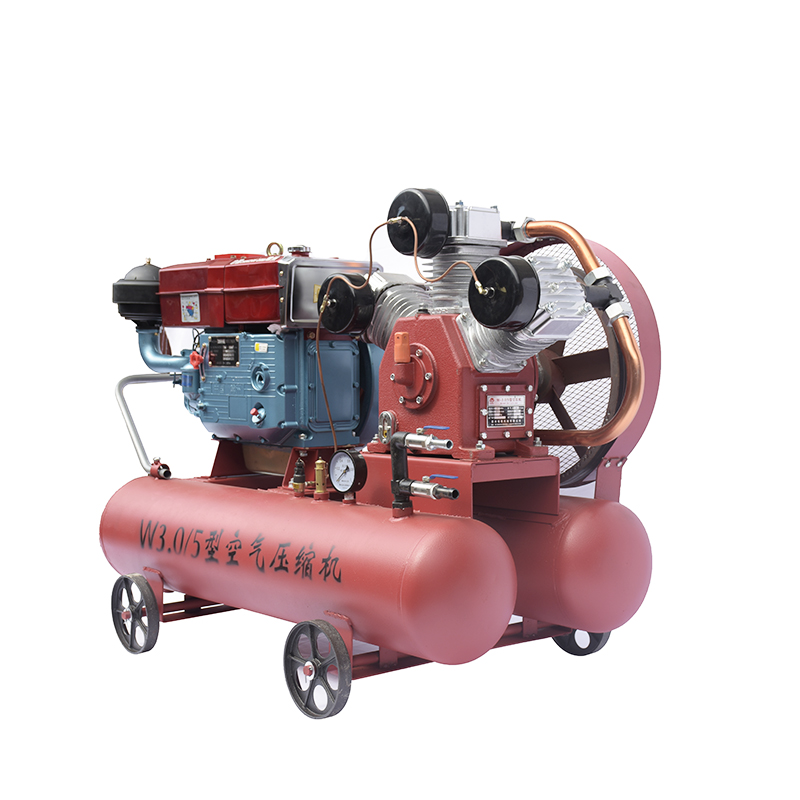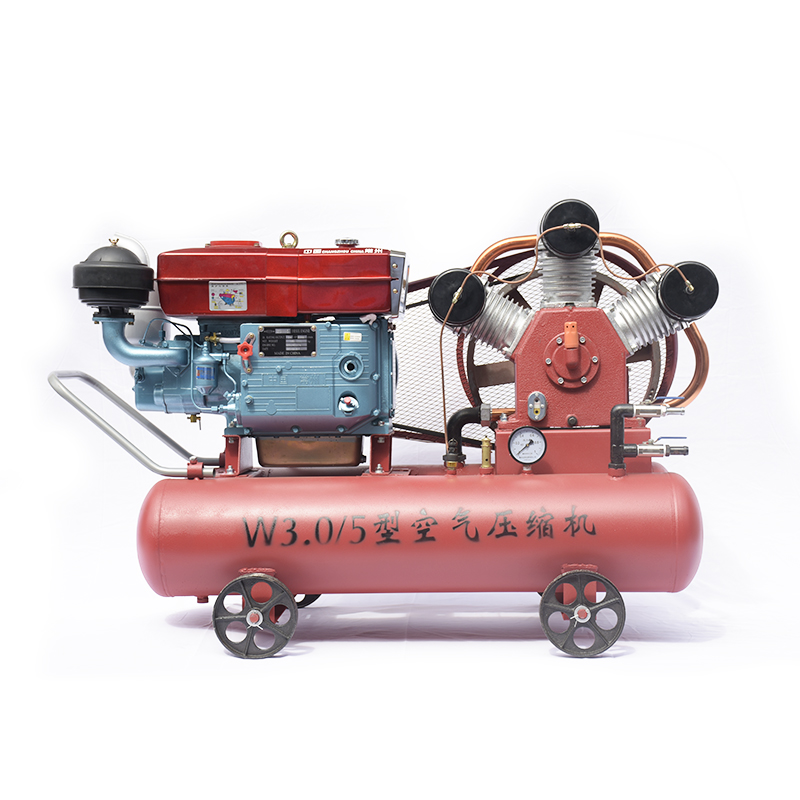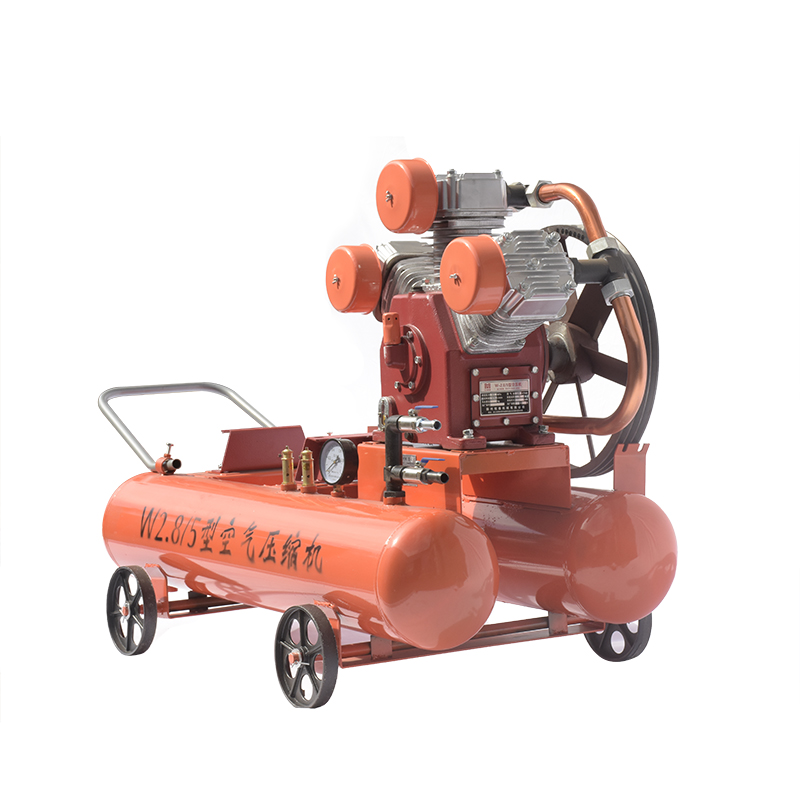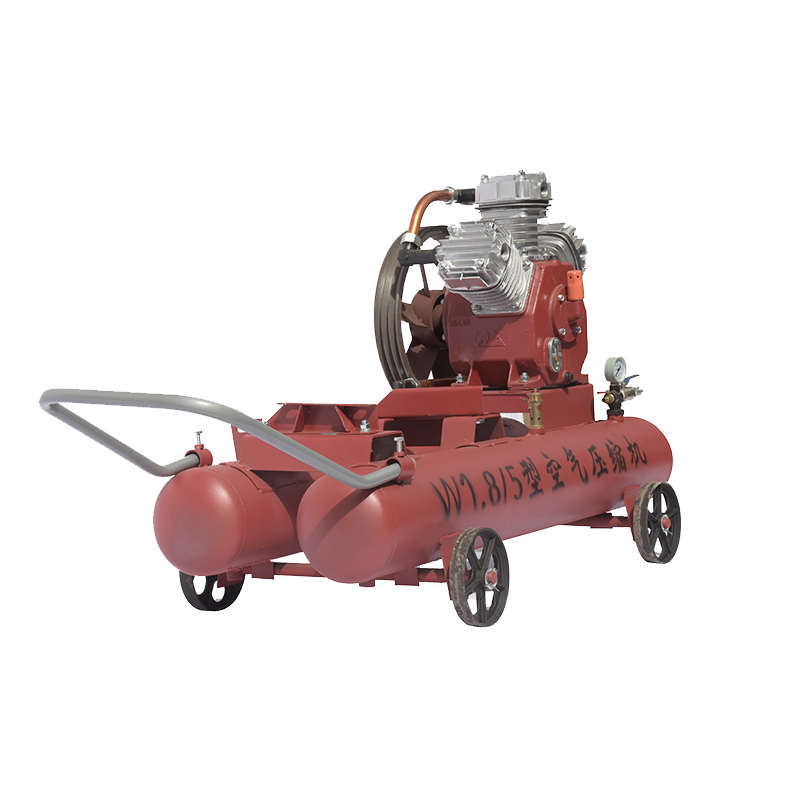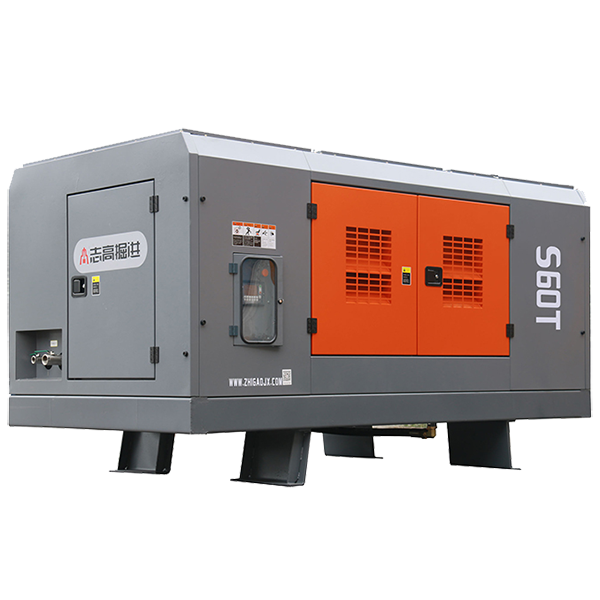Air compressors, invaluable for tasks such as tire inflation, nail gun powering and air tank intake, can be a source of great noise pollution in residential areas. Fortunately, there are options available that can help to tone down the sound generated by your home compressor and make your job easier.
To start crafting a low-noise air compressor, the first choice is to get one that is designed to contain sound. Quality air compressors are equipped with rubber or foam parts that help to keep sound from dispersing too far. An ideal compressor should also have rubber-gasketed cylinders and mufflers that absorb noise. Moreover, acoustic enclosures make smart additions as they provide a shield of protection, helping to ensure the environment remains serene.
When taking steps to cut down on the noise coming from an air compressor, the very first measure should be to secure a dampened compressor. To further minimize these sounds, surrounding the machine with an air-tight shell constructed out of heavy-duty materials such as steel or concrete is recommended. To consider the full spectrum of sound waves, you may consider completing the environment with a coating of dampening foam or fabric. This special material can help absorb some of the compressor’s noise.
A variety of noise-reduction methods exist besides utilizing an enclosure. Placing your compressor on vibration mounts should reduce the sound resulting from its vibrations. Additionally, a sound blanket surrounding the compressor can hinder the dispersal of acoustic waves. To further decrease noise levels, installing sound baffles around the compressor is recommended.
To lower the sound output of your compressor even further, purchasing a silencer might be a viable option. This attachment fits onto the air compressor’s exhaust and subdues the noise it produces.
If you need a quieter air compressor, it may be worth investing in an aftermarket version. Such compressors are modified to limit the amount of noise emitted and are often fitted with sound-dissipating components and features. While these types of compressors tend to be more costly than traditional models, they may be worth the expense for those in search of quieter work environments.
Optimizing an air compressor for low-noise operation requires a hybrid approach. To begin there are certain noise-dampening features that can be integrated into the compressor at purchase, and then extend further to the environment surrounding the equipment. Seal the area off with soundproofing protection, such as air-tight enclosures, vibration mounts, sound blankets, and baffles. In addition, a silencer or aftermarket compressor can also be acquired to help bring down the noise level of your system. Following these steps will help you achieve a more peaceful atmosphere generated by your air compressor.
From powering tools to inflating tires, air compressors are a must-have for myriad jobs. Unfortunately, the noise they can generate can be downright bothersome. Luckily, there are various ways to tone down that sound and make air compressors more acceptable for any environment. Here are a few simple tips to muffle the din of your air compressor.
Lowering the sound generated by an air compressor begins with cutting down on vibration. To accomplish this, the compressor should be placed on a solid surface, like a numerous slab of plywood, or with vibration-dampening feet or pads. This should help to decrease the noise that is made from the buzz of the compressor itself.
In order to guarantee that your air compressor operates as quietly as possible, it’s essential to ensure it is proficiently insulated. Most compressors are provided with an insulation blanket; however, if yours doesn’t contain enough insulation you may need to buy supplementary materials. These could include foam, rubber or fiberglass, all of which can be cut to measure the exact dimensions of the compressor. Doing so will minimize the amount of intrusive noise coming from it.
Ensuring proper ventilation for your air compressor is a necessity; without it, the motor can quickly become overheated, creating an increase in noise. Make sure that the compressor has an exhaust port and that the port is kept clear of any obstructions.
To conclude, a sound-deadening case may be procured for the air compressor. Such a case will work to lower the amount of noise released from the device and can prove to be quite competent. These containers can range anywhere from basic foam-lined boxes up to more designed wovencases that can take in and dull all the undesired sound.
To create a much quieter air compressor, it is important to properly follow each step. This includes understanding that the results may differ depending on your machine’s size, model, insulation employed, and the enclosure obtained.
If your air compressor is making more noise than necessary, these steps should help to bring down the volume. Not only are quieter air compressors more bearable for everyone using them, it is also much safer for potential bystanders. Therefore, if your air compressor needs to be used in an environment where extra noise can be an issue, make sure to take the necessary action to make it run at a lower decibel.
Post time: 2023-07-13


